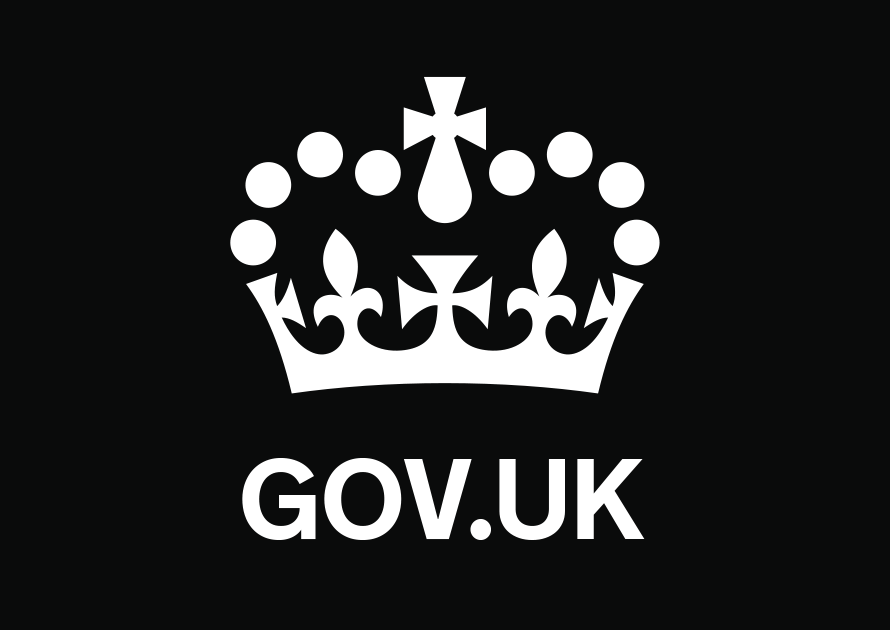Royalties and licence fees are payments to a person for use of that person’s:
- patent or design rights
- processes
- trademarks
- copyrights
- ‘know how’
Traders often have to pay for the right to manufacture, use or sell the licensor’s goods or for technical knowledge and assistance.
When to include royalties and licence fees in the customs value
Royalties and licence fees payable to the seller can be included in the customs value if:
These conditions must also be followed if you pay a third party, but if payments are made to a person who is not related to the seller, they are only included in the customs value when the seller requires those payments to be made.
Read further guidance on how to check if a person is related to the seller.
How to apportion the royalty payment to include in the customs value
You can apportion the royalty payment between dutiable and non-dutiable elements after the goods are imported if they relate partly to:
- the imported goods
- other ingredients or components added
- services related to the goods
The basis for the apportionment of the total payment can sometimes be found in the licence agreement or you can ask the licensor.
Where apportionment is not possible because you do not have the relevant information, you cannot use Method 1.
To work out the customs value you must try Method 2.
When to exclude royalties and licence fees in the customs value
Rights of reproduction
If payments are made for the right to reproduce imported goods, and are shown separately from the price paid or payable for the goods, they can be excluded from the customs value.
Further help or advice
If you would like further help or advice about payments of royalties or licence fees contact the imports and exports general enquiries helpline.
Published 3 November 2022



